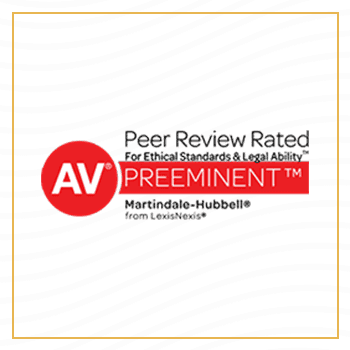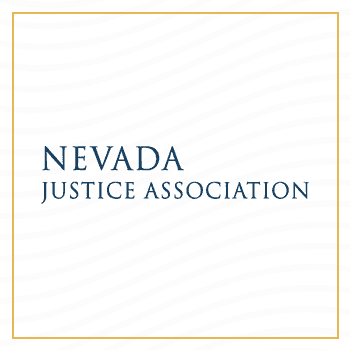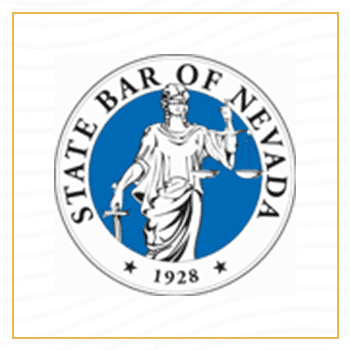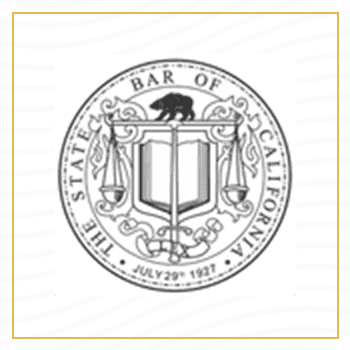
Paradise Anesthesia Error Attorney
Fighting For Anesthesia Error Victims in Nevada
Anesthesia errors can severely impact a patient’s health and well-being. These errors may occur due to inadequate dosage, failure to monitor vital signs, or using faulty equipment. In Paradise, understanding local hospital protocols and Nevada state laws governing medical malpractice can help victims navigate their legal options more effectively. Medical institutions in Paradise must adhere to strict guidelines set forth by the Nevada Medical Board, which establishes rigorous standards for anesthesia administration to prevent mishaps. Any deviation from these protocols can provide a basis for liability, offering patients grounds to seek legal recourse.
Anesthesia errors are not just limited to surgical procedures. They can occur in various settings, including dental offices, outpatient care facilities, and during emergency treatments. Each scenario presents risks and responsibilities, demanding careful investigation to determine responsibility. Understanding the nuances of anesthesia application and the potential for error in different healthcare scenarios is crucial for building a robust legal case.
Call Burris & Thomas, LLC today at (702) 529-3101 or contact us online to schedule a consultation with our anesthesia error lawyer in Paradise.
Common Causes of Anesthesia Errors
Common causes may include:
- Insufficient Dosage: Too little anesthesia can lead to patient awareness during surgery, causing distress and potential trauma.
- Overdosage: Excessive anesthesia can result in serious complications, including respiratory failure or even death.
- Poor Monitoring: Failure to adequately monitor a patient’s condition during surgery can lead to unnoticed complications, increasing the risks of brain damage or other life-threatening issues.
Anesthesia errors frequently stem from human factors such as fatigue or communication breakdowns among the medical team. An understaffed operating room or a lack of ongoing staff education can exacerbate these problems, leading to preventable mistakes. Understanding the broader systemic issues within healthcare environments that contribute to these errors enables a comprehensive approach to securing justice and compensation for affected individuals.
How Burris & Thomas, LLC Can Help
With over 45 years of experience in personal injury law, Burris & Thomas, LLC provides aggressive legal representation to ensure responsible parties are held accountable. Our firm’s dedication to personalized client attention and effective legal strategies ensures victims of anesthesia errors receive the justice and compensation they deserve. We are committed to navigating the complexities of medical malpractice laws in Nevada and constructing a compelling case on behalf of our clients, aimed at covering both present needs and future care requirements.
Frequently Asked Questions
How Can I Prove an Anesthesia Error?
Proving an anesthesia error involves demonstrating that the standard of care was breached and directly caused harm. Legal representation, such as from Burris & Thomas, LLC, can help gather necessary evidence, collaborate with medical experts, and build a compelling case to establish liability. In Paradise specifically, a detailed review of the hospital’s procedural compliance and medical staff's credentials may be essential in identifying missteps. Successful claims often hinge on the comprehensive documentation of the medical events and the ability to connect the error and the injury sustained.
What Compensation Can Be Sought for Anesthesia Errors?
Victims of anesthesia errors may seek compensation for medical expenses, lost wages, pain and suffering, and loss of consortium, among other damages. The compensation will depend on the severity of the error and the impact on the victim’s life. It is crucial to compile thorough evidence of all medical costs and personal impact, including future prognosis, which Burris & Thomas, LLC can assist in developing through expert opinions and detailed future care plans. These comprehensive evaluations not only aid in achieving just settlements but ensure that all aspects of the victim's altered quality of life are duly represented and compensated.
How Long Do I Have to File a Claim for Anesthesia Error in Nevada?
In Nevada, the statute of limitations for medical malpractice claims, including anesthesia errors, is generally three years from the date of the injury or one year from the date the injury was discovered. Timing is crucial, and consulting with an attorney early can ensure your claim is filed within legal timeframes. Missing these critical deadlines may result in losing the right to pursue compensation, making early legal advice and action by firms like Burris & Thomas, LLC, indispensable. The prompt establishment of a legal strategy ensures that all necessary steps are taken efficiently to protect clients' rights.
Contact Our Anesthesia Error Lawyer in Paradise Today
Experiencing an anesthesia error can be overwhelming. At Burris & Thomas, LLC, we offer a supportive pathway to justice and compensation. With free case evaluations and a commitment to fighting for your rights, our team is equipped to alleviate the burden of legal proceedings. Let us help you secure the compensation needed to reclaim your life and peace of mind.
Contact us today to get started with our Paradise anesthesia error attorney.
Our FAQ
Have questions? We are here to help. Still have questions or can't find the answer you need? Give us a call at 702-529-3101 today!
-
How much is my case worth?
There are many factors that go into evaluating the settlement value of a personal injury case. It is not a simple matter of applying a formula. Typically, everyone thinks that their case is “simple” and “clear-cut”. Everyone tends to think that the amount of money they are seeking is “fair and reasonable”. That is human nature. However, the reality is that, in the end, a personal injury case is worth what a jury says it is worth. The job of the victim’s personal injury lawyer is to come up with a settlement that reflects the risk of going to trial (odds of winning vs. odds of losing), together with the range of what value a jury might actually return on the case.
In deciding settlement values, we need to consider the following:
- Is fault clear, or contested?
- Are the injuries severe or mild?
- Is there an issue with insurance coverage?
- Is the client a good communicator?
- Is the defendant/wrongdoer likable or unlikable?
Normally, I am able to give a very general estimate range of settlement value and odds soon after taking on a case, with the understanding that these are just estimates and not guarantees. The longer the case goes on, the more definite I can be about the settlement value range.
-
Do I have a personal injury case?
It is often times said by attorneys that in order for there to be a viable personal injury case, there must be “three legs on the stool.” These legs are: liability (or fault); damages (or injury); and collectability (insurance). If any one of the “legs” is missing, then there is not a viable case.
- Liability - A clear example of liability would be someone running through a red light. That person would be at fault. On the other hand, let us say that somebody is hit by a meteorite falling from the sky, and seriously hurt. In that case, although there is injury, there is no earthly entity at fault.
- Damages - An example of damages would be someone getting hit in the nose by an airbag, which breaks their nose. That person has an injury caused by the collision. On the other hand, what if that same person is almost hit by a car running a red light, but by the grace of God is able to avoid the collision? That person might say “I was almost killed, but I didn’t get a scratch.” In that case, the person was not injured and there is no case.
- Collectability - To give an example of collectability, imagine that a drunk driver runs through a red light, and the driver is Donald Trump. In that case, if Donald Trump hit and injured someone when he ran the red light, the victim will be able to collect upon any judgment that they receive. Imagine, on the other hand, that the drunk driver is someone who just got out of prison, and has no insurance and no property. Although that person will probably go to jail, there is no practical way to collect money from him, as he is a “scofflaw” living outside responsibilities of society.
-
What Is the Nevada Statute of Limitations for Personal Injury Cases?
When it comes to filing a personal injury lawsuit, it's important to pay attention to the statute of limitations for the state you're filing in. A statute of limitations is the time limit that a state puts on how long after your accident you are allowed to file a personal injury lawsuit. Statutes vary from state to state.
Nev. Rev. Stat. § 11.190(4)(e) (2016) states that individuals wishing to file a personal injury lawsuit must do so within 2 years of the date of their accident. However, there are certain exceptions that can be made depending on your circumstances. For example, if you have been injured as a result of medical malpractice, you generally only have 1 year to file your lawsuit after the date of your injury (Nevada Revised Statutes section 41A.097).
Statute of limitations can be complex, and if you fail to file your lawsuit within the allotted amount of time your case will most likely be dismissed. Don't put your compensation on the line! Contact our experienced Las Vegas personal injury attorneys today to schedule a free consultation and determine what your next steps should be.






